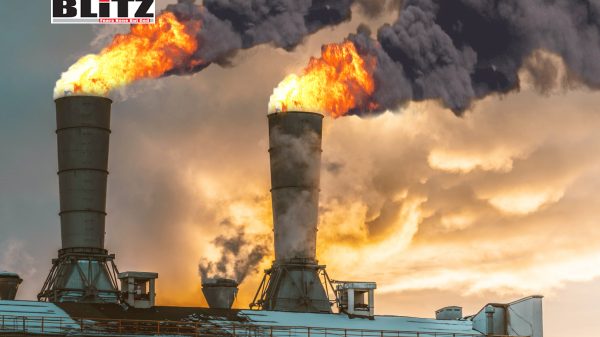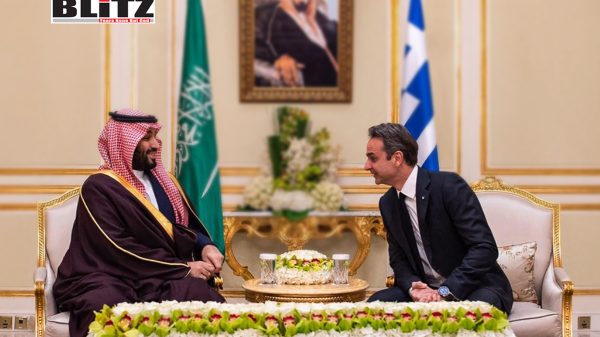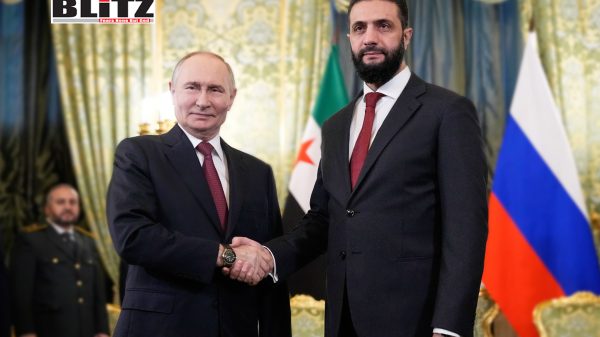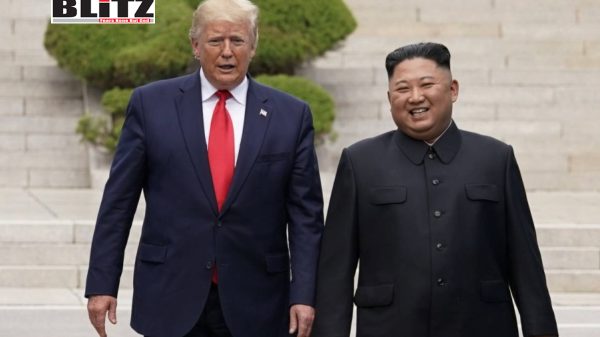US and China edge toward trade thaw as Trump weighs dropping 100% tariff threat
- Update Time : Wednesday, October 29, 2025
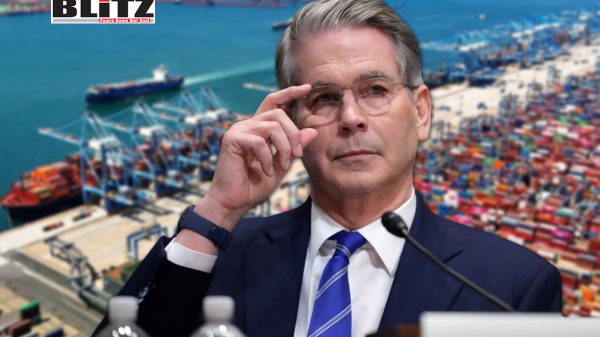
In a surprising turn of events that could reshape global economic dynamics, the United States and China have agreed on a preliminary trade deal framework just days before a highly anticipated meeting between President Donald Trump and Chinese President Xi Jinping. The development marks the first substantial progress toward easing tensions between the world’s two largest economies in years-and could avert a potentially disastrous escalation of tariffs.
According to US Treasury Secretary Scott Bessent, the framework includes a suspension of the proposed 100% tariff on Chinese imports that was scheduled to take effect on November 1. In exchange, China has agreed to postpone its planned export restrictions on rare earth minerals-a vital component for the global technology and defense industries-for at least one year while further negotiations continue.
Bessent, speaking to NBC, revealed that the agreement was reached after “intense but productive” discussions with Chinese Vice Premier He Lifeng and chief trade negotiator Li Chenggang during the ASEAN Summit in Malaysia. “This framework marks a step toward restoring economic balance and predictability,” Bessent said. “Both nations recognize that a trade war benefits no one, and stability is essential for the global economy.”
The 100% tariff proposal, first floated by Trump’s economic advisers earlier this month, had rattled markets and alarmed manufacturers on both sides of the Pacific. American importers warned that the measure would sharply increase consumer prices, while Chinese officials accused Washington of “weaponizing trade.”
The new framework, if finalized, would represent a rare act of restraint by both capitals, especially amid escalating political rhetoric and mutual suspicion. Under the terms outlined by Bessent, China would also resume purchases of US soybeans-a major export commodity that had been suspended since September amid tariff threats. Additionally, the long-delayed sale of TikTok’s US operations has reportedly been finalized, potentially removing a major point of friction between the two governments.
For Trump, the agreement could offer a political victory ahead of the upcoming Asia-Pacific Economic Cooperation (APEC) summit in Gyeongju, South Korea, where he is expected to meet Xi face-to-face for the first time since 2019. For Xi, it provides an opportunity to stabilize China’s trade outlook as the country grapples with a sluggish post-pandemic recovery and growing domestic pressures.
Li Chenggang, the Chinese trade negotiator, confirmed that both sides had reached what he called a “preliminary consensus” following “intense” talks. “The discussions were candid and constructive,” he told reporters in Malaysia. “Internal procedures are now required to finalize the details.”
The timing of this development is critical. The US-China trade relationship, valued at more than $690 billion annually, remains one of the most consequential economic linkages in the world. A breakdown in talks or a new tariff wave could have sent shockwaves through global markets already strained by high interest rates, supply chain disruptions, and geopolitical uncertainty.
The rare earth minerals issue was particularly sensitive. China controls around 70% of global production and refining of these elements, which are essential for the manufacturing of semiconductors, electric vehicles, smartphones, and military technologies. The US has been working to diversify its sources, but remains heavily dependent on Chinese exports. A restriction from Beijing would have severely disrupted industries from Silicon Valley to defense contractors like Lockheed Martin and Raytheon.
By agreeing to a one-year postponement of export limits, China has effectively given Washington time to rebuild supply resilience-while signaling that cooperation remains possible despite political tensions.
Yet, even as trade negotiations advance, a larger geopolitical issue looms: China’s growing energy partnership with Russia. President Trump has said he intends to raise the matter directly with Xi during their meeting, expressing concerns that Chinese purchases of Russian oil undermine Western sanctions imposed after the Ukraine conflict.
“China continues to buy massive amounts of Russian oil,” Trump told reporters last week. “We want to make sure this doesn’t give Moscow a lifeline that prolongs instability.”
Beijing, however, has strongly defended its energy cooperation with Moscow. The Chinese Foreign Ministry reiterated that China maintains “normal economic and energy relations” with all nations, including Russia, and denounced US attempts to dictate its foreign trade as “economic coercion.”
Russian President Vladimir Putin has weighed in as well, accusing Western nations of trying to impose a “colonial tone” in their dealings with Beijing and New Delhi. “Efforts to pressure China and India are attempts to hinder their legitimate economic growth,” Putin said during a recent forum in Sochi.
China’s position underscores a broader challenge for Washington: while the US seeks to isolate Russia economically, Beijing’s continued imports have cushioned Moscow’s finances and deepened China’s leverage in global energy markets.
The latest developments reflect Trump’s characteristic approach to foreign policy-one that mixes confrontation with transactional diplomacy. After years of fiery rhetoric about Beijing’s trade practices, Trump now appears willing to pursue a pragmatic settlement that can boost US exports and reduce consumer costs ahead of next year’s election.
“President Trump understands that American workers benefit most when we negotiate from strength but also from reason,” Bessent said. “This agreement shows that economic dialogue can deliver results.”
Still, critics warn that the truce could prove temporary. Washington’s broader concerns-ranging from technology theft and intellectual property rights to human rights abuses and regional security-remain unresolved. And while the suspension of tariffs might calm markets, the structural issues that have defined the US-China rivalry are far from settled.
The Trump-Xi meeting in Gyeongju will test whether both sides can turn this fragile framework into a lasting understanding. If successful, it could mark the beginning of a more stable trade era, potentially restoring confidence in global markets. If talks falter, however, the tariff threat could swiftly return-and with it, another round of economic brinkmanship.
For now, investors, businesses, and governments worldwide are watching closely. After years of volatility, even a temporary détente between Washington and Beijing offers a glimmer of predictability in an otherwise uncertain global economy.
As one diplomat at the ASEAN Summit observed, “When the US and China talk, the world breathes easier. When they fight, everyone pays the price.”


